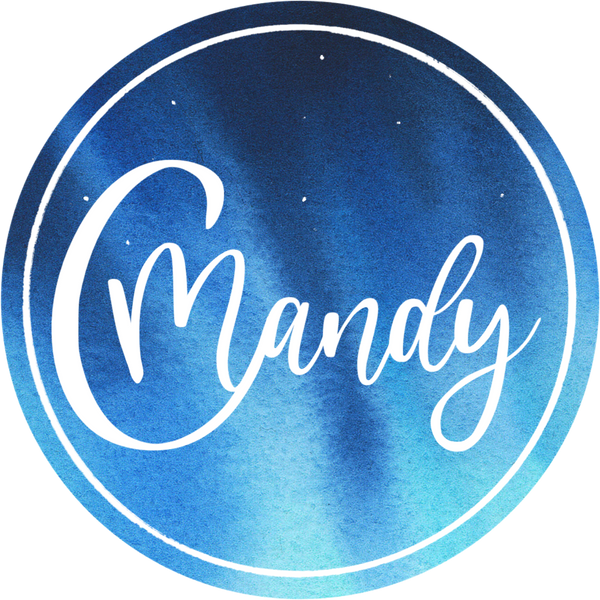Watercolor painting: my favorite brands
Share
Watercolor painting: my favorite brands
I have a lot of favorite painting tools, so I decided to share them with you in a post. To make it easier to navigate, I've organized the brands' products into three categories based on my painting experience. Of course, the list is by no means complete - the range is almost endless, but it's a great place to start. 🎨
What do I recommend?
Read what I recommend for beginners who are getting to know watercolor painting, and for advanced artists who would like to take it to the next level. What do professional artists use? You can read about that below too!
BRUSH: I primarily recommend synthetic brushes for watercolor painting, as they hold water well, keep their shape well, and are excellent value for money.
Round brushes are the most versatile: their pointed tip makes them suitable for both detailing and painting larger surfaces. It's worth getting them in several sizes so you always have the right size brush on hand.
It's also handy to have some flatter brushes : these are great for painting backgrounds, creating gradients, or quickly and evenly painting larger surfaces.
Nowadays, there are brushes made of synthetic animal hair, similar to animal hair, which can hold more water. Their quality is excellent, but this is a more expensive price category.
PAPER: I definitely recommend cold-pressed paper and a minimum of 300 g . Choosing the right paper is key to watercolor painting. The texture of the paper you use greatly affects the behavior of the paint, the effect of the brushstrokes and the final result. The three most common types are:
- Cold pressed: The surface is slightly rough. It holds water well, the paint spreads nicely, but is still controllable. Ideal for beginners and advanced artists. Also excellent for flowers, portraits, landscapes and illustrations.
- Hot pressed: Smoothly pressed surface. Less paint spreads on it, making it suitable for detailed work. Preferred for ink drawing, calligraphy, illustration, where precision is important.
- Rough: Highly textured, very rough surface. The paint spreads freely on the paper and sticks to the depressions of the paper, creating special effects. Recommended for landscapes, abstract and expressive painting.
PAINT: watercolor paints can be purchased in tubes , brushes (replaceable), or palettes (non-replaceable). The paints are water-based (consisting of binder and pigment) and are used diluted with water. Use the one that is most convenient for you. For tubes, it is advisable to use an empty palette on which you can squeeze out the colors. For brushes and palettes, you can also use an empty palette to mix the colors.

For beginners
- Watercolor paint: Talens Art Creation, Koh-I-Noor Anilinky, Pébéo Studio, Meeden
- Paper: Fabriano 300 g, Canson 300 g, Clairefontaine 100% cellulose, Moleskine Art, MUSA Aqva Nova
- Brush: Any synthetic round and flat head brush
For advanced users
- Watercolor paint: Nevskaya Palitra White Nights and Sonnet, Talens Van Gogh, Art Philosophy, Winsor&Newton Cotman, Holbein Artists
- Paper: Hahnemühle Harmony and Cornwall, Art Philosophy 300 g, Nevskaya Palitra Ladoga 300 g, Fabriano Artistico, St. Cuthberts Mill: Bockingford, Hahnemühle the collection
- Brush: Silver Brush Black Velvet, Princeton Aqua Elite, Da Vinci Casaeno
Professional quality
- Watercolor paint: Sennelier, Schmincke Horadam, Winsor&Newton Professional, Nevskaya Palitra White Nights, Daniel Smith
- Paper: Arches, St. Cuthberts Mill: Saunders Waterford, Baohong Master Series
-
Brush: Raphael Softaqua, Schimoni Art Brushes, Isabey Series
What are my personal favorites?
- Watercolor paints: Nevskaya Palitra White Nights and Sonnet, Sennelier
- Paper: St. Cuthberts Mill: Saunders Waterford and Bockingford, Arches
- Brush: Raphael Softaqua, Borciani Bonazzi, Schimoni Art Brushes, Jackson's icon quill brushes
